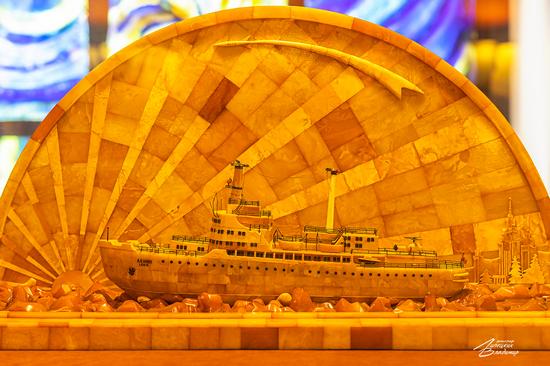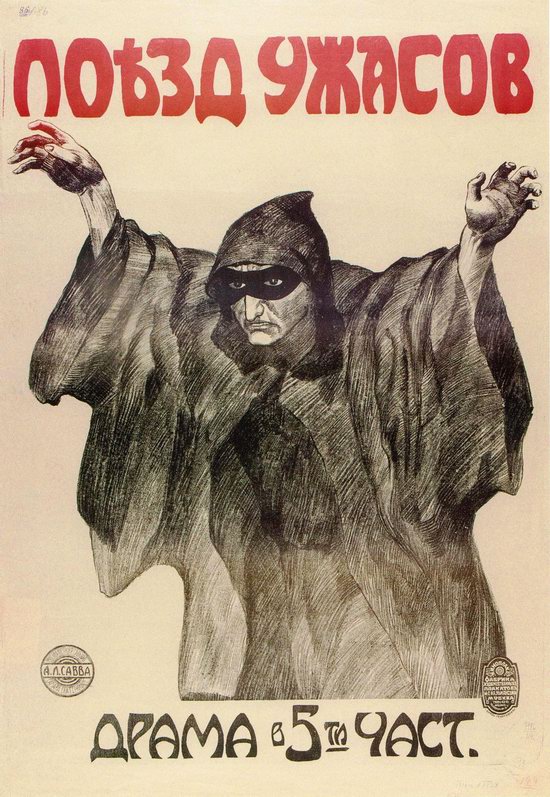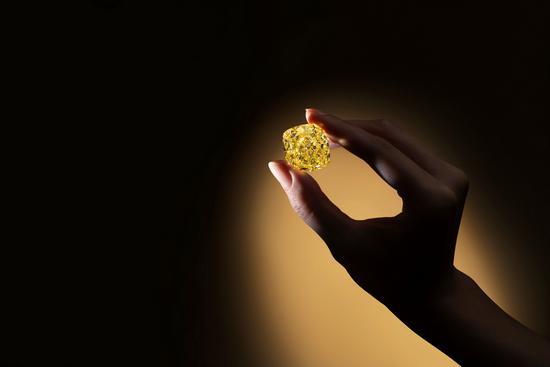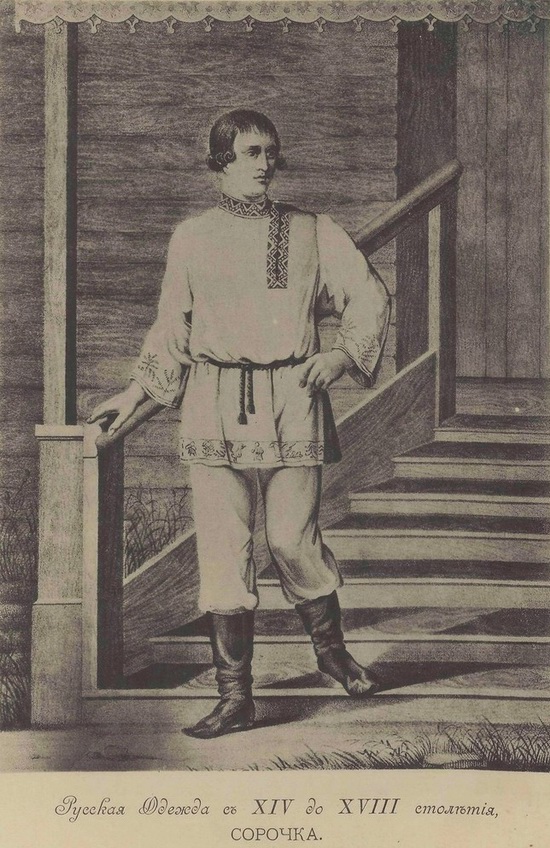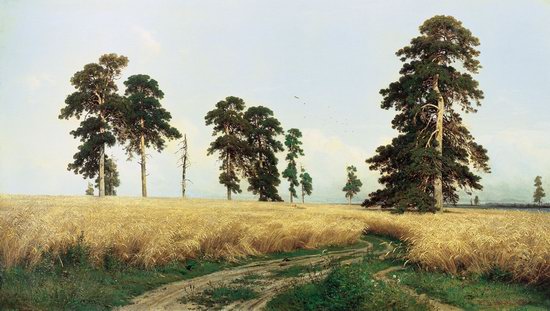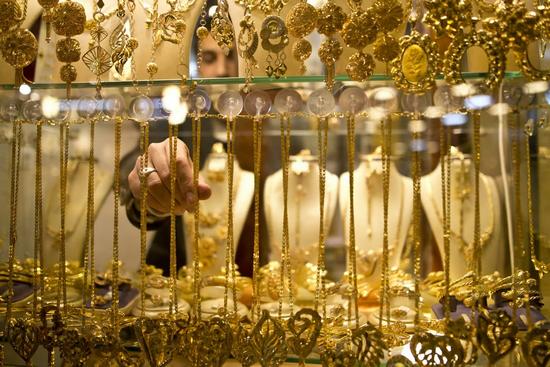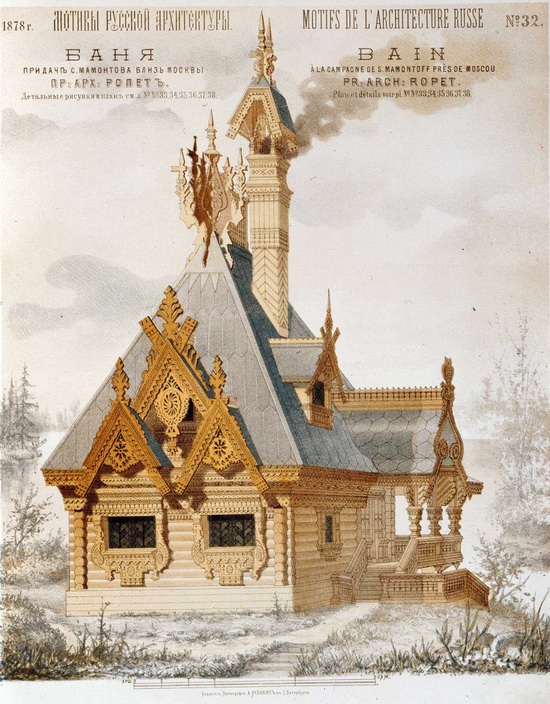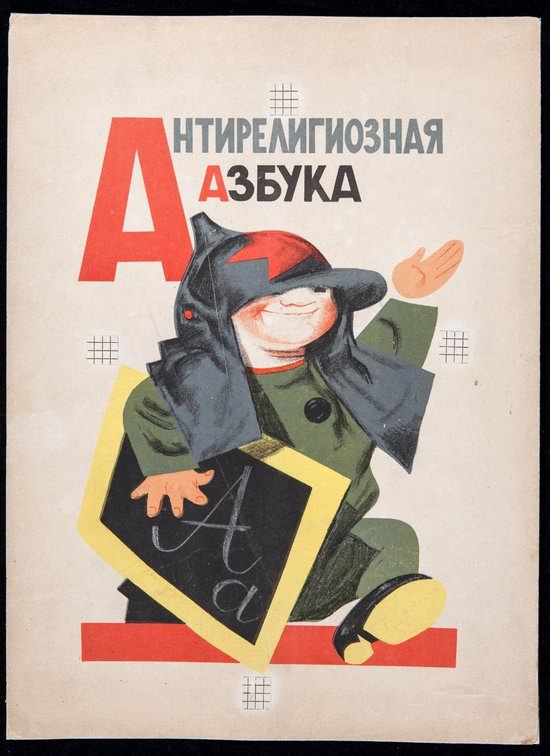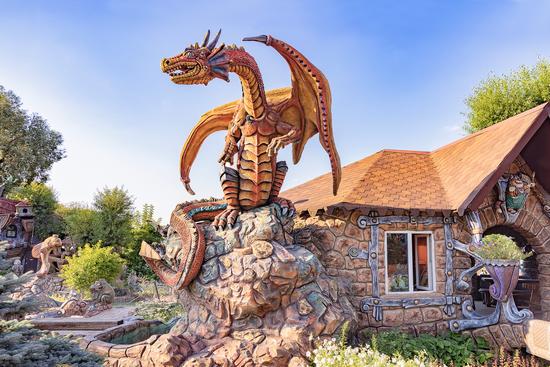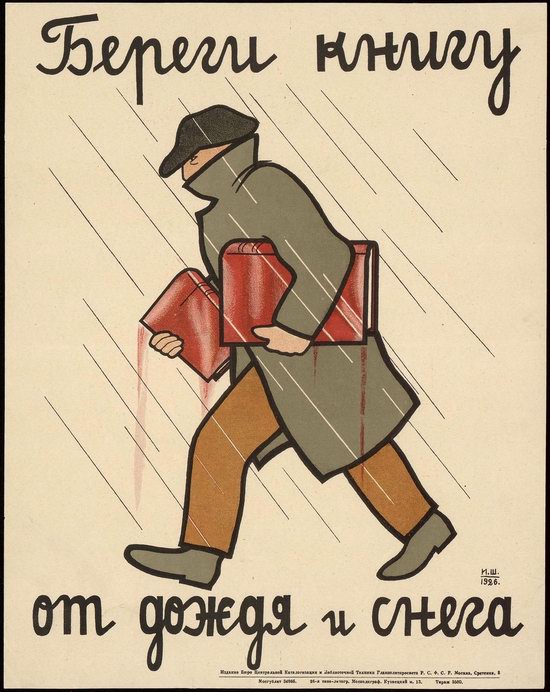CAT | Art
11
Amazing Exhibits of the Amber Museum in Kaliningrad
No comments · Posted by Sergei Rzhevsky in Art, Cities
The Kaliningrad Regional Amber Museum was opened in Kaliningrad in 1969. The reason for creating a museum of this type in Kaliningrad was the proximity of the largest explored amber deposit, in the village of Yantarny – more than 90% of the world’s reserves.
The museum exposition is located in 28 halls with a total area of over 1,000 square meters. The Amber Museum in Kaliningrad has unique pieces of amber and more than 2,000 artistic items made from it. Here are just several examples. Photos by: Vladimir Lipetskikh.
beautiful pieces of art made of amber
Tags: Kaliningrad city
1
The Movie Posters in Russia in 1914-1918
1 Comment · Posted by Sergei Rzhevsky in Art, Entertainment, History
In 1913, on the wave of the general rise of the Russian economy, the Russian Empire saw a rapid growth of the cinematographic industry. In 1913, according to incomplete data, there were 1,412 cinemas in the country, of which 134 – in St. Petersburg and 67 – in Moscow.
The heyday of Russian artistic cinematography came during the years of World War I. In 1916, no less than 150 million cinema tickets were sold in the Russian Empire. Let’s look at the movie posters of those times. Source: humus.
1. Train of Horrors (1910s).
Tags: posters · Russian Empire
4
The New Sun – the Largest Diamond in the History of Russia
No comments · Posted by Sergei Rzhevsky in Art, Business
In Russia, work on cutting the largest diamond in the country’s history has been completed. The weight of the unique diamond of rare fancy color Vivid Yellow is more than 100 carats.
The diamond was named “The New Sun” – as a reflection of the history of the super-large diamond weighing more than 200 carats of a rich honey-gold color, which was mined by ALROSA at the Ebelyakh Arctic placer deposit, among the sands of an old river bed in Yakutia.
Tags: Sakha Republic
11
Russian Civilian and Military Clothing in the 14th-18th Centuries
1 Comment · Posted by Sergei Rzhevsky in Art, History, People
Alexander Vasilyevich Viskovatov was a Russian military historian who lived in the first half of the 19th century.
He was the author of a unique multi-volume book “Historical Description of Clothing and Armament of Russian Troops” with detailed descriptions of military and civilian clothing in Russia from 862 AD to the reign of Emperor Nicholas I.
Shirt.
Tags: Russian Empire
30
Photorealistic Paintings of Ivan Shishkin
No comments · Posted by Sergei Rzhevsky in Art, Culture, Nature
Ivan Ivanovich Shishkin (1832-1898) was one of the greatest Russian landscape painters, who created very photorealistic pictures.
In his paintings, he often depicted the nature of the central zone of the East European Plain, also known as the Russian Plain, one of the largest plains in the world.
Rye (1878).
beautiful pictures of Russian nature
Tags: Russian Empire
5
Russian Soviet Vintage Jewelry. Treasures from the thousand lakes.
No comments · Posted by Sergei Rzhevsky in Art
For a long time, people have admired Russian gold rings for their fine workmanship, historical value, and classic beauty. These jewelry pieces, like the stunning beauty of Russian gold Alexandrite and the classic charm of rings set with amethyst, are the height of wealth and history in the jewelry world. In addition to being beautiful, Russian gold rings have a special draw for investors. You can use them as investments in old jewelry and potentially make money.
Tags: No tags
13
The Motives of Russian Architecture in 1873-1880
No comments · Posted by Sergei Rzhevsky in Architecture, Art, History
“The Motives of Russian Architecture” was a magazine published in St. Petersburg from 1873 to 1880. It published projects of residential buildings, public buildings, furniture and decor created by followers of the Russian style. The goal of this movement was to revive the techniques and motifs of old Russian architecture.
After a series of European revolutions in 1848-1849, known as the Spring of Nations, the middle class was quickly becoming rich. They strived to have luxurious and rich interiors. Workshops and factories producing furniture and interior items tried to please wealthy customers. This is how a very magnificent movement in art and architecture arose, reviving the traditions and features of earlier eras of Russian style. Source: humus.
Tags: Russian Empire
30
Soviet Anti-Religious Alphabet (1933)
No comments · Posted by Sergei Rzhevsky in Art, History, Religion
The following book “Anti-Religious Alphabet” was published in Leningrad in 1933. The author of the pictures was Mikhail Mikhailovich Cheremnykh (1890-1962) – a Soviet graphic artist, cartoonist, book illustrator.
Each word in the poetic phrases accompanying the pictures begins with the corresponding letter of the Russian alphabet. Translation gives just a general meaning of these short phrases, but of course, if you know Russian, then this historical document is especially interesting. However, the illustrations themselves give some insight into the attitude to religion during the first decades of the Soviet regime. Source
1. Anti-Religious Alphabet.
Tags: propaganda · Saint Petersburg city · Soviet past
11
Fairy-tale park-courtyard “Vikhlyandiya” in Kozelsk
No comments · Posted by Sergei Rzhevsky in Art, Funny
The private fairy-tale park-courtyard “Vikhlyandiya” in the town of Kozelsk, Kaluga Oblast, is a unique architectural work of art, born of a creative tandem of the local entrepreneur-philanthropist Vladimir Vikhlyandtsev (whose last name gave the name to the complex) and the architect-artist Vladimir Kolesnikov.
There are no analogues of such a fabulous complex anywhere else in Russia. This fairy-tale kingdom has already become one of the sights of Kozelsk. Vikhlyandiya is especially popular among families with children. Vikhlyandiya on Google Maps. Photos by: Vladimir Lipetskikh.
Tags: Kaluga oblast
12
Educating Readers in the USSR in 1926-1929
No comments · Posted by Sergei Rzhevsky in Art, Culture, History
Propaganda in the USSR was diverse and covered almost all spheres of life. For example, the following posters educated Soviet people how to properly handle books. Pictures by humus.
1926. Protect the book from rain and snow.
Tags: propaganda · Soviet past

